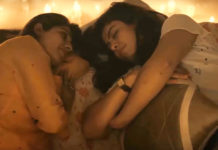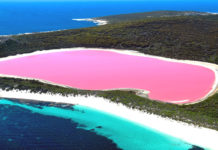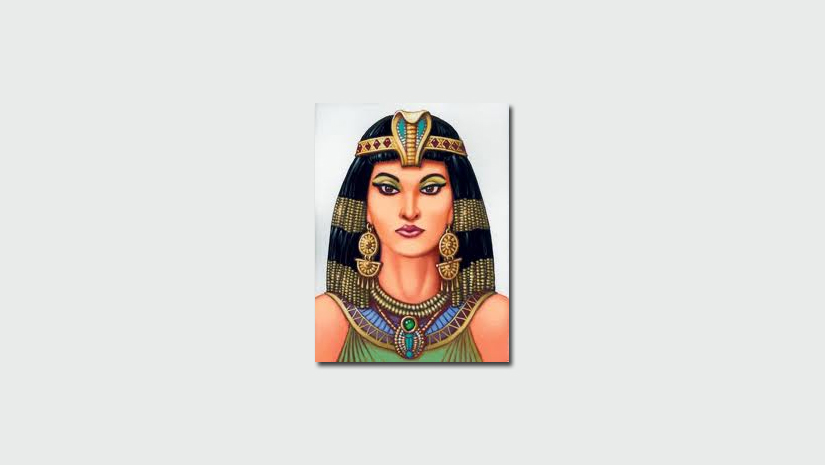A mythological creature with a lion’s body and a human head is considered a significant image in Egyptian and Greek art and legend. The word sphinx was derived by Greek – sphingein – “to bind”. Hesiod, the earliest Greek author to mention the creature, called it Phix.The earliest and most famous example of sphinx art is the colossal resting Great Sphinx at Giza, Egypt, which approximately dates back to the reign of King Khafre (4th king of 4th dynasty, c. 2575–c. 2465 BCE). This is known to be a portrait statue of the king, and the sphinx continued as a royal portrait type through most of Egyptian history. Arabs, however, know the Great Sphinx of Giza by the name of Abū al-Hawl, or “Father of Terror.”
The winged sphinx of Thebes, was said to have terrorized the people by demanding the answer to a riddle taught her by the Muses—What is it that has one voice and yet becomes four-footed and two-footed and three-footed?—and consuming a man each time the riddle was answered incorrectly. Eventually Oedipus gave the proper answer: man, who crawls on all fours in infancy, walks on two feet when grown, and leans on a staff in old age. The sphinx killed herself in embarrassment. From this tale apparently grew the legend that the sphinx was perceptive.
Buried for most of its life in the desert sand, an air of mystery has always surrounded the Great Sphinx, causing speculation about its age and purpose, method of construction, concealed chambers, role in prophesy, and relationship to the equally mysterious pyramids.
Sphinx before excavations started in 1860

Egyptian rulers worshipped it as an aspect of the sun god, calling it Hor-Em-Akhet (“Horus of the Horizon”).
The monument is the largest surviving sculpture from the ancient world, measuring 73.5m in length and in parts 20m in height. Part of the uraeus (sacred cobra which protected from evil forces), the nose and the ritual beard are missing; the beard is now displayed in the British Museum. The extensions at the side of the head are part of the royal head-cloth.
Although the head of the Sphinx has been badly affected by thousands of years of erosion, traces of the original paint can still be seen near one ear.
It is thought that originally the Sphinx’s face was painted dark red. A small temple between its paws contained dozens of inscribed stelae placed by the Pharaohs in honour of the Sun god.Despite many Egyptologists claims to the contrary no-one knows for sure when the Sphinx was built or by whom.
By: Archa Dave































